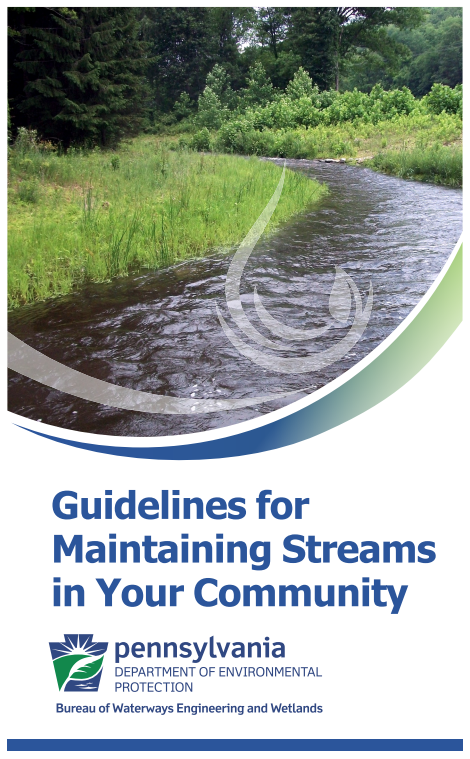Emergency Management
Before the Flood
- Protect Your Home From Brochure: Low Cost Projects You Can Do Yourself
- American Red Cross: Flood Safety
- FEMA: Before the Flood
- When the Clouds Form video
After the Flood
Debris Cleanup

During flood events, the movement and accumulation of woody debris, trash, and stream substrates such as sand, gravel, and other materials is common. Understanding when to remove debris is important because not all debris are harmful.
Woody debris that poses little risk to infrastructure are best left in place, thereby saving time and money for more critical work at other locations. Hanging trees, natural material wedged into banks, and stabilized woody debris within a stream should be left alone because they can provide habitat for fish and aquatic organisms.
During flood events, debris accumulation can impact water flow by blocking bridge and culvert openings, diverting streams, and causing erosion of banks. When debris poses a risk to infrastructure such as roads, bridges, or homes, it should be removed. Follow guidelines in the DEP Stream Maintenance Booklet.
Notify PA DEP about your project. If a permit is needed, they will provide assistance to ensure that you apply for the appropriate type of permit for your project.
Financial Assistance
After a flooding disaster, the chain of command for seeking assistance is as such:
- Local government/state declares state of emergency
- Governor requests federal assistance
- President declares designated counties for federal assistance
- Individuals and local governments apply to FEMA for assistance
You do not need to have a flood insurance policy to receive this disaster aid. Flood insurance will provide larger payouts to help with repairs, though. More information can be found from PEMA and DisasterAssitance.gov. See our information on grants for disaster mitigation and relief. Silver Jackets also has information on how various federal and state organizations can use their resources together for mitigation and post-disaster assistance.
County Hazard Mitigation Plans
Hazard mitigation plans (HMPs) are developed by each county and are adopted by each community. The plans lay out how to mitigate and respond to identified hazards in the county. HMPs are needed to receive certain types of non-emergency federal hazard assistance. These plans should be updated every 5 years and submitted to FEMA for approval.
- Allegheny – updated 2015, expires Jan 2021
- Armstrong – 2018 draft, expires Dec 2019
- Beaver – updated 2016, expires Oct 2021
- Butler – updated 2010, expires April 2021
- Fayette – updated 2017, expires Sept. 2022
- Greene – 2016 draft, plan currently expired
- Indiana – updated 2018, expires
- Lawrence – updated 2015, expires April 2021
- Washington – updated 2015, expires Sept. 2020
- Westmoreland – updated 2015, expires Jan 2020
Contacts
| Organization | Contact | Title | Information | More Info |
| FEMA Region III | Katie Lipiecki | Risk Analysis Branch Chief | (215) 931-5500 Kathryn.lipiecki@fema.dhs.gov | |
| PEMA | Thomas Hughes | PEMA State Hazard Mitigation Officer | (717) 651-2726 thughes@pa.gov | |
| PEMA | Bill Bradfield | NFIP Program Manager | (717) 651-2141 wbradfield@pa.gov | |
| PEMA Western Area Office | Darlene E. Bracken | Emergency Management Specialist | (724) 357-0106 | Find Your County EMA |
| DCED | Center of Local Government Services | Marita Kelley | Deputy Director | (717) 720-7301 | |
| PA Department of Health | (877) PA-HEALTH Southwest District, Greensburg, PA: (724) 830-2701 | |||
| DEP Southwest Regional Offices | James Miller | Regional Director | (814) 332-6945 | DEP Local District Offices |
| Voluntary Organizations Active in Disaster (VOAD) | National VOAD | (703) 778-5088 | ||
| Voluntary Organizations Active in Disaster (VOAD) | Ed Robertson | Pennsylvania VOAD | erobertsons@diocesecpa.org | County VOADs |
| Voluntary Organizations Active in Disaster (VOAD) | Calvin Cook | Western Region PA VOAD | Western Region Chair | calvinjcook1@yahoo.com |
Explore Flooding Resources and Tools
